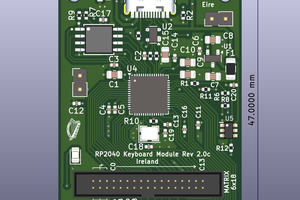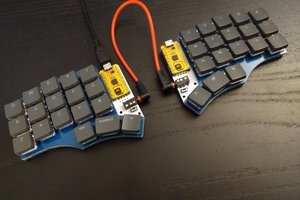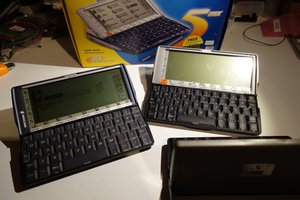A new github repo was added for the TRS-80 model 3, 4, and 4p:
https://github.com/electrickery/ps-2Keyboard2TRS-80. No board is planned, as I don't have a model 3 or 4, so I don't know how the connector looks physically. A modified board did work on the model 4p, This gives the confidence it will also work on the 3 and 4.
 fjkraan
fjkraan
 Michael O'Toole
Michael O'Toole
 deʃhipu
deʃhipu
 Arya
Arya
 RasmusB
RasmusB